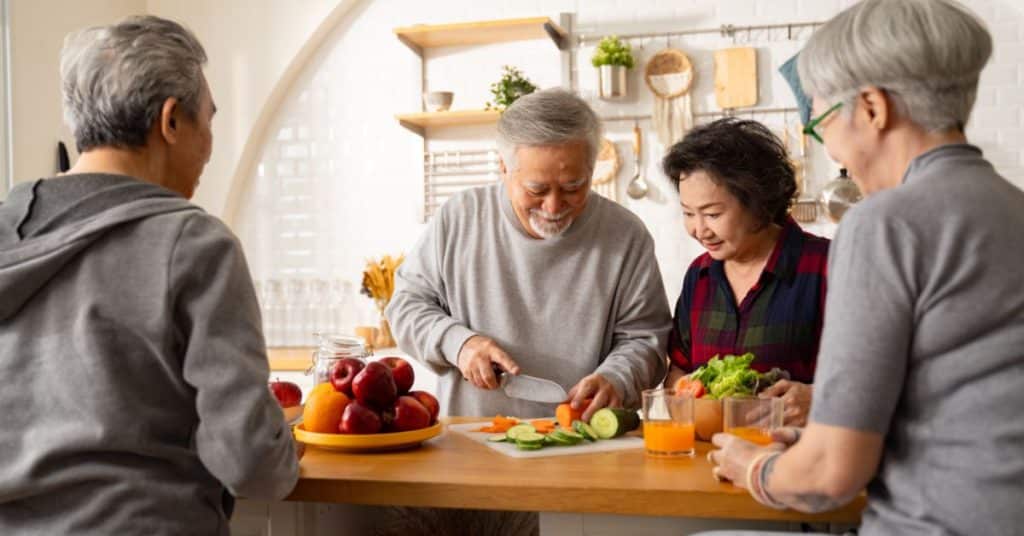

Having spent an entire professional career observing human behavior as a licensed clinical social worker and certified professional coach and witnessing the sheer determination it takes for people to make permanent changes to improve the quality of their lives, I thought it was time for me to reflect on what I see as some of the biggest challenges we face as change agents trying to show others the benefits of adopting a whole food, plant-based (WFPB) lifestyle.
How many times have I heard students of the T. Colin Campbell Plant-Based Nutrition Certificate say, “I just don’t know what to do with all this great information now that I’ve earned my certificate” or “I have this idea, but I don’t know how to bring it to fruition.”
I’d like to explore this issue of moving from intentions to actions, but first, let me address the notion of courage. I think it is fair to say that all of us are confident that we could improve the health and well-being of others if they only knew what we knew about the research supporting a WFPB lifestyle. When trying to deliver this life-saving message to others we often find that they are not open or ready to hear what we have to say. It can be discouraging and frustrating when they continue along their merry way with no intention of changing. It can also cause us to question whether we have the fortitude to stay the course and continue to speak what we know to be true. This is where courage comes in. We are courageous when we realize that not everyone will be open or ready to hear our message but never give up on trying to improve the lives of those we encounter because we know that if we reach even one person, we will have changed the course of his or her life for the better—forever.
So we try to lead by example, hoping that what others see in us will motivate them to try something new. We persevere, always aware that we are role models for healthy living as we continue to plant the seeds for change in others. Sometimes we see the results when someone decides to move towards a healthy diet; other times, not. What is important to remember is that we never really know what impact we might have on another human being.
I remember sitting next to a pastor at our dinner table at the 100th birthday party for a dear friend in Boca Raton, Florida, a few months ago. He and I started chatting, and I quickly learned that he was struggling with high blood pressure, diabetes, and obesity. He ate the standard American diet and was curious about the vegetable plate I was having for dinner that night. I gently told him the story about my near-death experience from a heart attack and emergency bypass surgery eight years ago and what I had since learned to save myself from having this happen to me again. He listened and seemed very interested, albeit letting me know how much he enjoyed his meat and ice cream every day. I told him about Dr. Caldwell Esselstyn’s book, Prevent and Reverse Heart Disease, and also about the book I had recently published, Staying Alive—Healing from Heart Disease, A Survivor’s Story. Several weeks passed, and one day, I checked the reviews on Amazon to see what people were saying about my book. And there it was. The pastor said he had recently met me and talked with me at length about disease prevention and health and that he was excited to read my book. So, you see, you never know when those seeds you have planted may take hold and grow.
So, how do we continue to plant these seeds for change when we sense the resistance to a WFPB lifestyle all around us? Here are some steps I suggest for turning good intentions into positive actions:
Change is never easy, but it is always possible. We can all do great things with the knowledge acquired through CNS’s Plant-Based Nutrition Certificate. We just need to figure out our strengths (cooking clubs, public speaking, book clubs, serving plant-based foods to family and friends, organizing veg fests, etc.) and never give up on the idea that we are planting seeds with everyone we encounter. It really does take a village to promote the change we are all hoping for. As the African proverb teaches: If you want to go fast, go alone; if you want to go far, go together.
The time has come for all of us to travel together as we put our intentions into action.
Copyright 2025 Center for Nutrition Studies. All rights reserved.